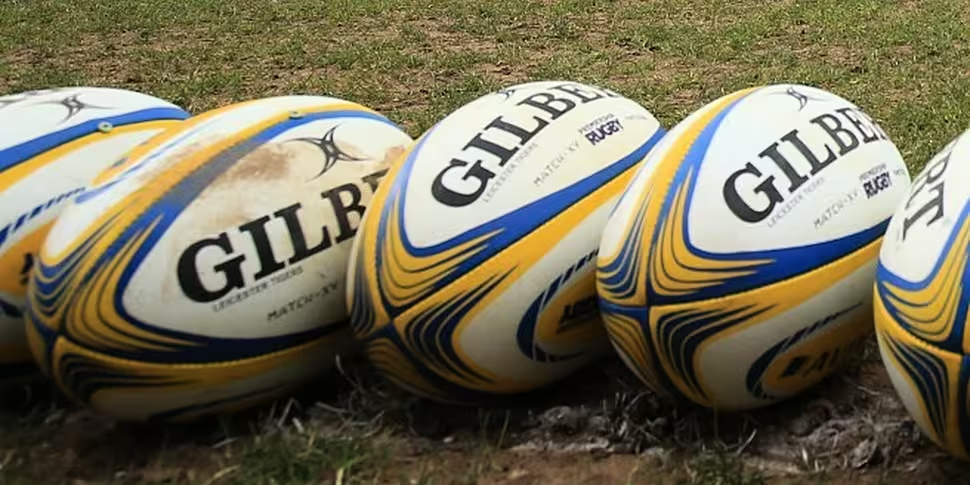Doctors from the department of trauma and orthopaedics at Tallaght Hospital in Dublin have published a report in which they describe the effects of tackling in rugby as similar to those seen in car crashes.
The report, published in the British Medical Journal, describes three cases in which young players aged between 13-16 suffered "acetabular fractures... (which) affect the socket of the hip bone, and are generally sustained after violent trauma, such as road traffic accidents".
The players suffered fractures as well as hip dislocations in the incidents, and underwent surgery and rehabilitation to recover from the injuries.
According to The Irish Examiner, the injuries occurred when there was "pressure exerted through a flexed hip with the knee on the ground", as happens in a two-man tackle when one player goes high and another goes low.
The study states that the increased professionalism in the game at schools level has seen an increase in weight training and the size of players, and that players who might be around the same age are not the same size, which can lead to injury.
The authors of the report stated that "this heterogeneity may be magnified at the tackle and ruck phases as physically more mature players engage with less mature counterparts, with an associated increase in injury risk".
Recently, a number of health experts called for the banning of tackling in schools' rugby, but this study encourages "an evaluation of the rules at the breakdown and an emphasis on proper tackling [which] could aid injury prevention".









